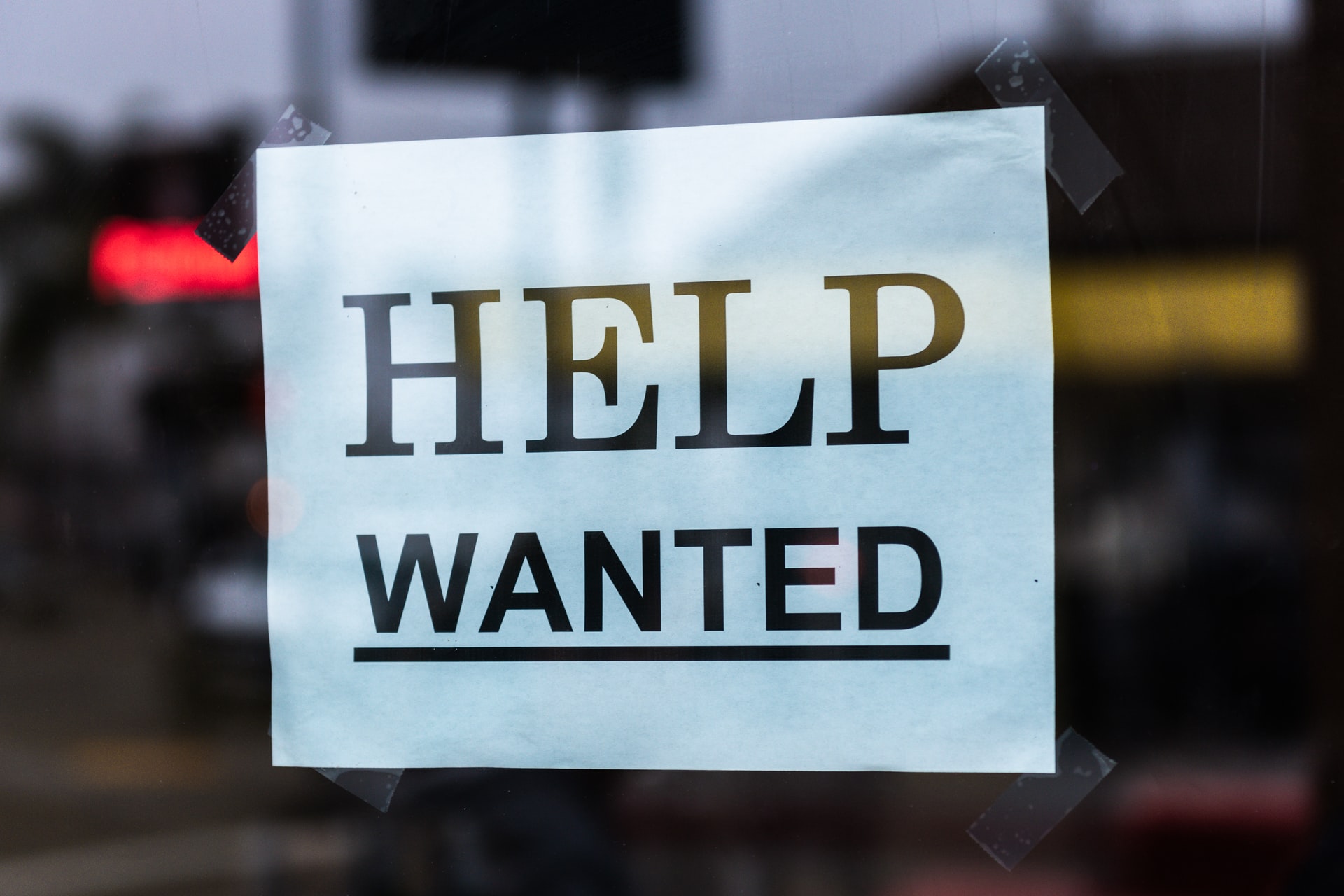In times of uncertainty, frameworks are your lifeline
By
Samia Bahsoun, EMBA '17, is cofounder and CEO of Capwave Technologies in Asbury Park, NJ.
By
Samia Bahsoun, EMBA '17, is cofounder and CEO of Capwave Technologies in Asbury Park, NJ.
By
Georg Caspary, EMBA ’17, is CEO of Scaletech in Berlin, Germany. He has worked with early-stage clients such as the World Bank, Google and major cleantech accelerators and is the recipient of three MIT innovation grants and 150K in grants from EU funds.
By
Jorge Arbesú-Cardona, SFMBA ’18, spoke to India Lab students in early March about what he called the "magic of Action Learning."
By
Reaching back to his childhood in Monterey, Mexico, Mauricio Chapa, SFMBA ’19, can remember the ways the company he works for now shaped his life.

By
Embracing deeptech innovation – innovation grounded in advances at the frontier of science and technology – in Africa has the potential to drive sustainable economic growth, improve living standards, and bring stability and resilience. As the wellspring of new solutions, deeptech has the power to a...
By
How does access to a generative AI tool affect work in a call center? That was a research question addressed by MIT Sloan Professor Danielle Li at a recent session of the MIT Institute for Work and Employment Research (IWER) weekly seminar series.
By
As co-faculty director of the Shaping the Future of Work initiative at MIT, Simon Johnson works on the economics and politics of AI development and deployment in the US and globally.

The editors of MIT Sloan Management Review have announced that MIT Sloan Professor Erin L. Kelly and University of Minnesota Professor Phyllis Moen are the winners of the publication’s 2021 Richard Beckhard Memorial Prize.
MIT Sloan Research Affiliate Barbara Dyer is one of 39 leaders in the field of public administration who have been elected to the 2021 Class of Academy Fellows of the National Academy of Public Administration.

By
Career ladders within organizations are often seen as one way to create opportunities for low-wage workers to move into better-paying jobs. But, in practice, how common is it for low-wage workers in the U.S. to benefit economically from moving to a new job within the same organization?